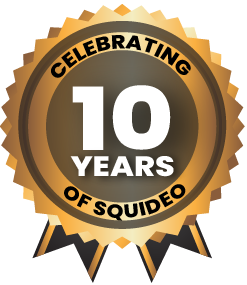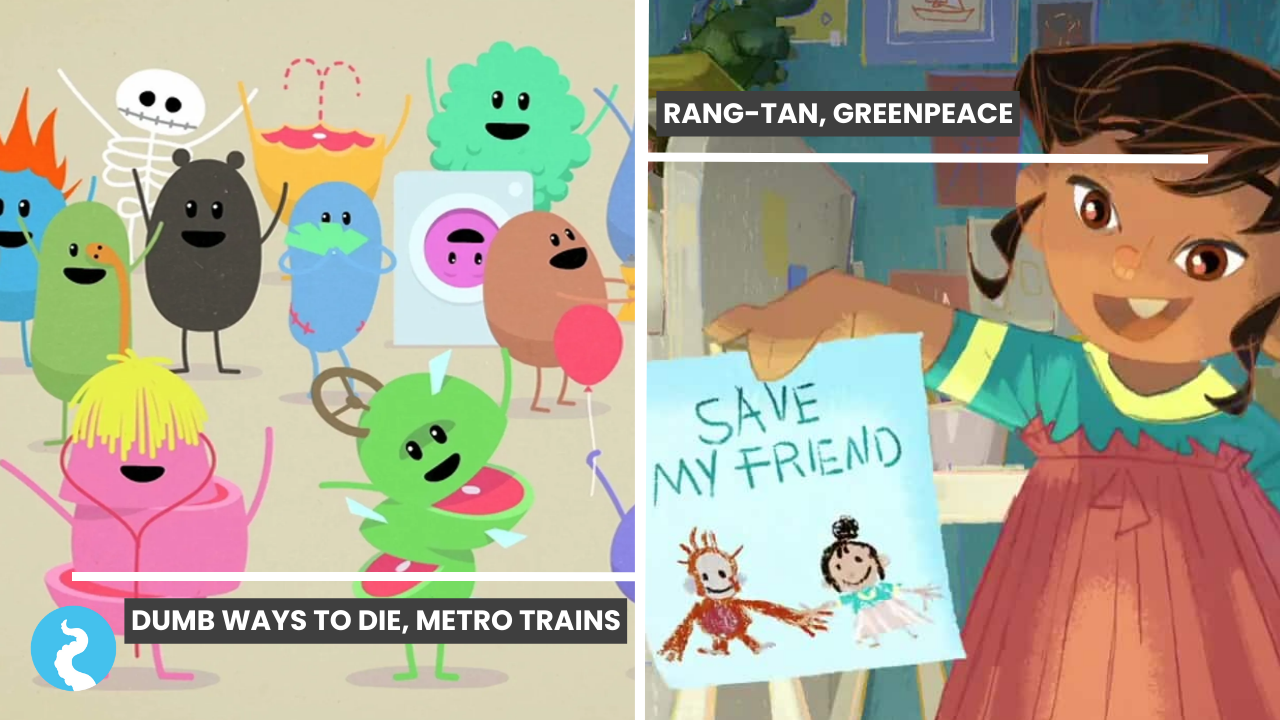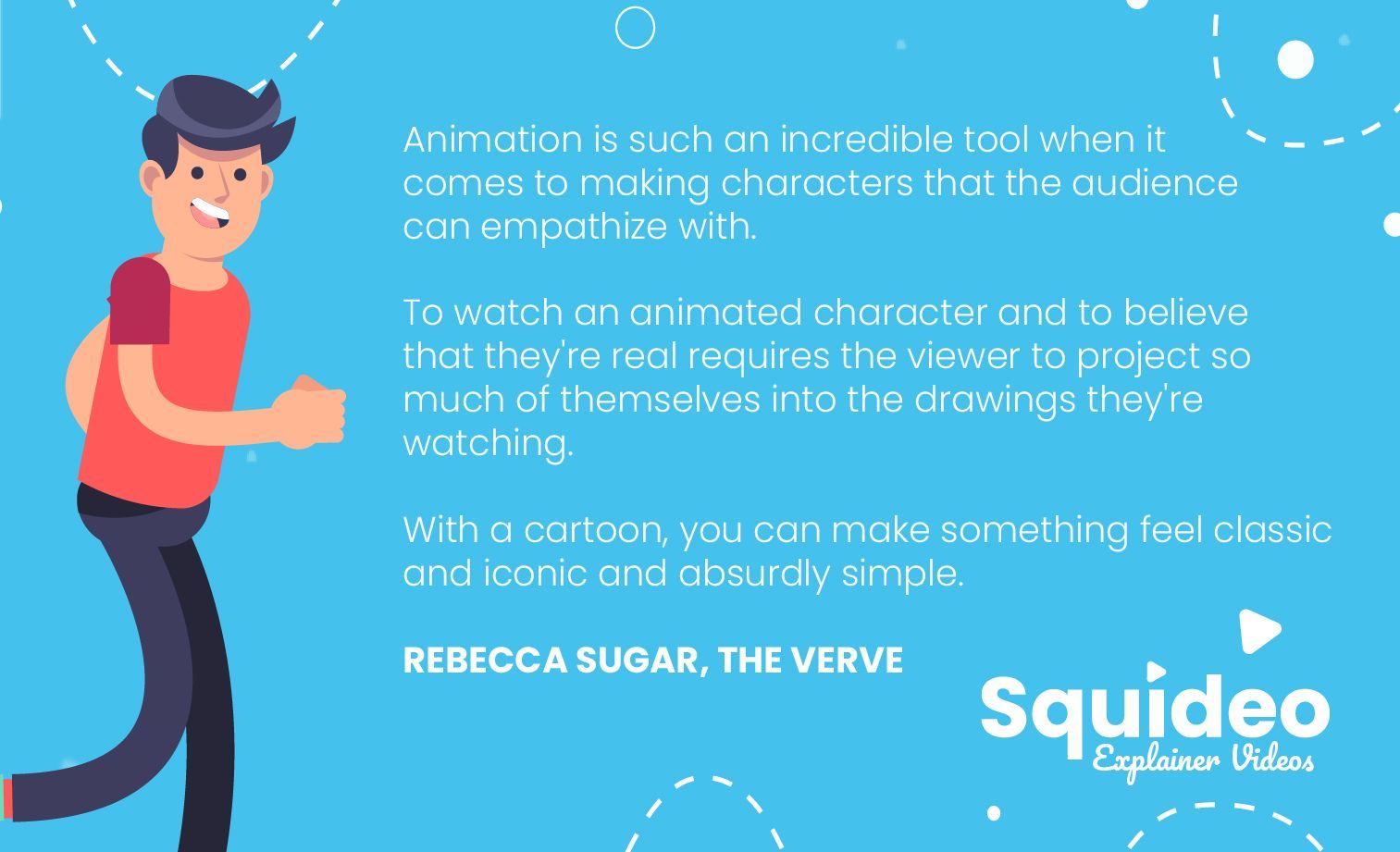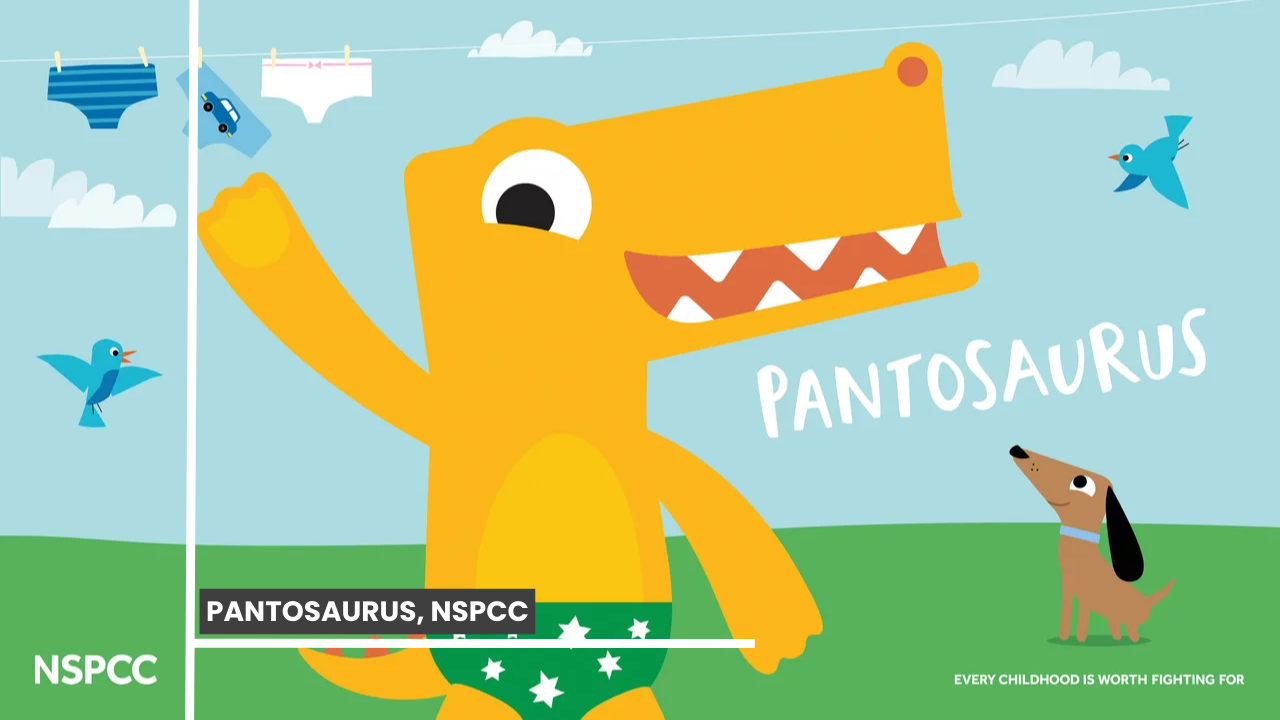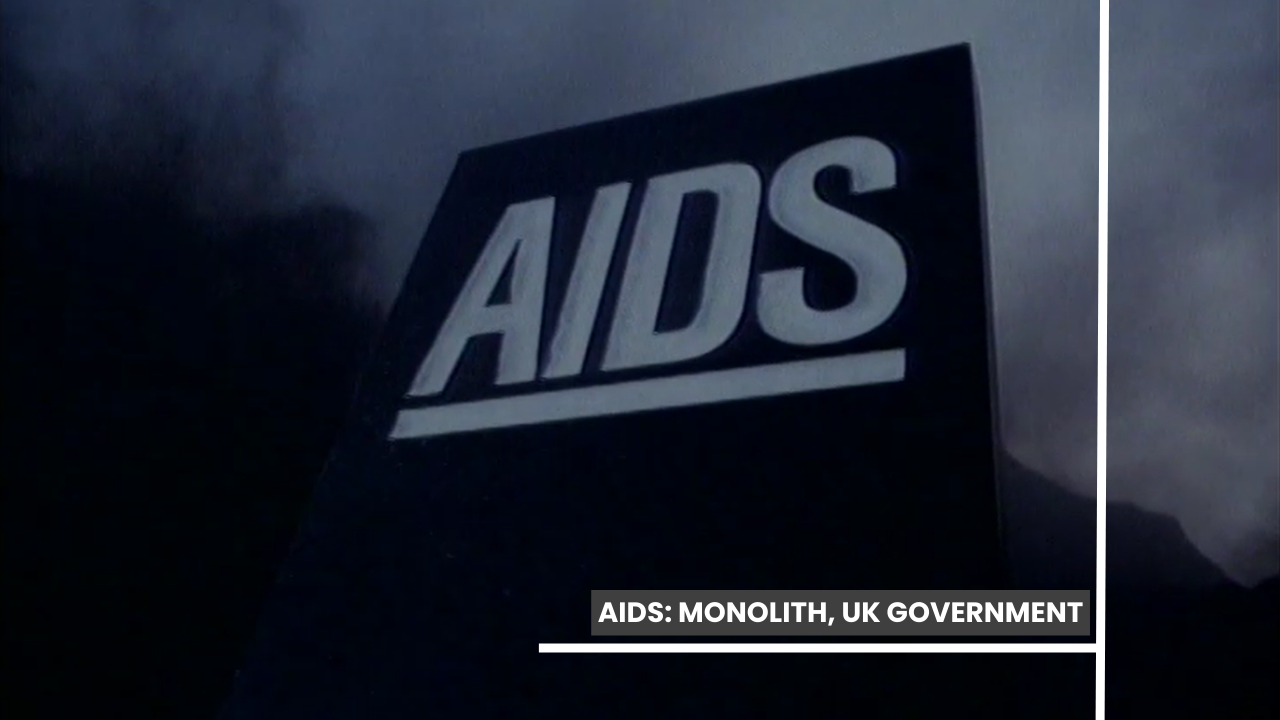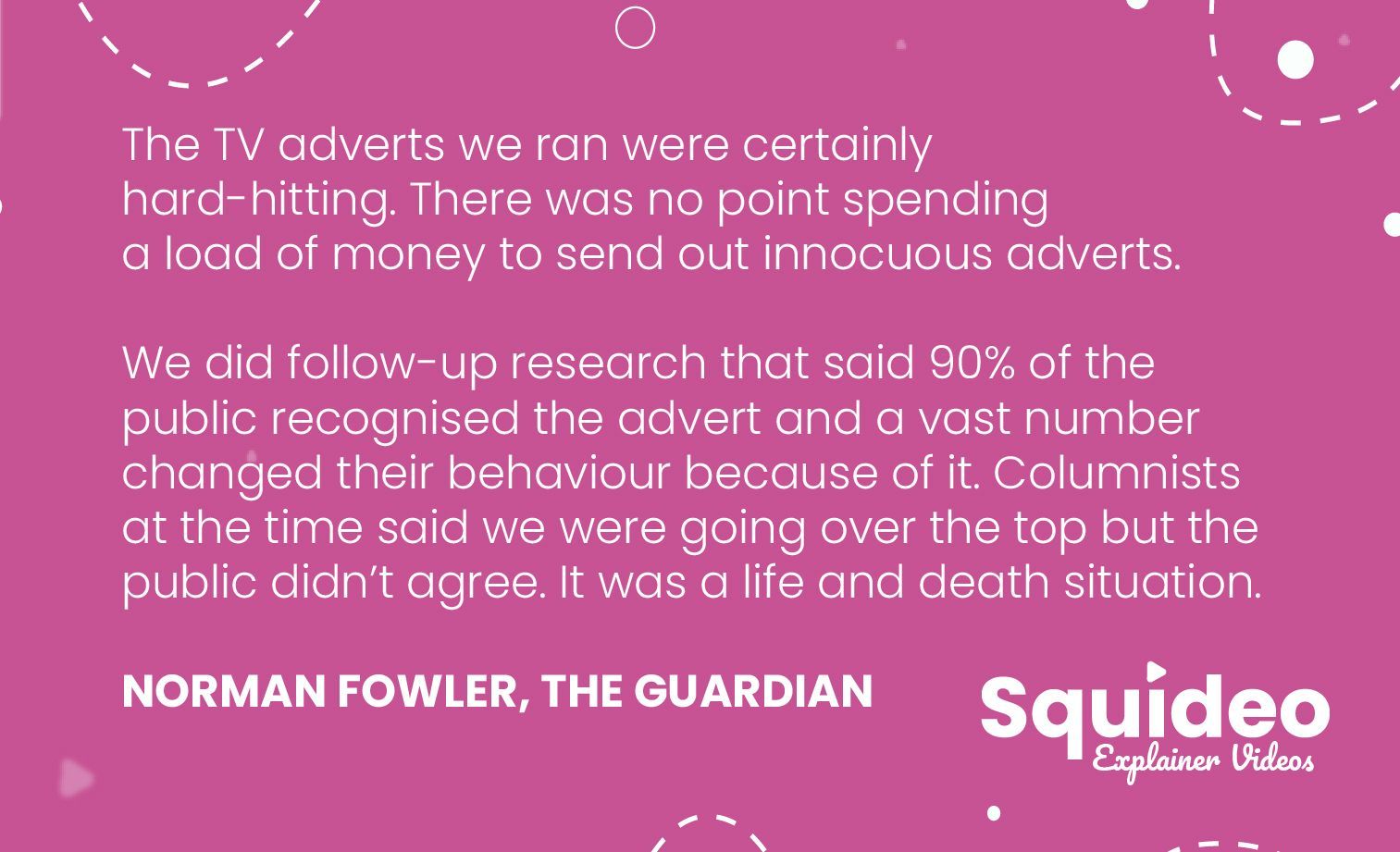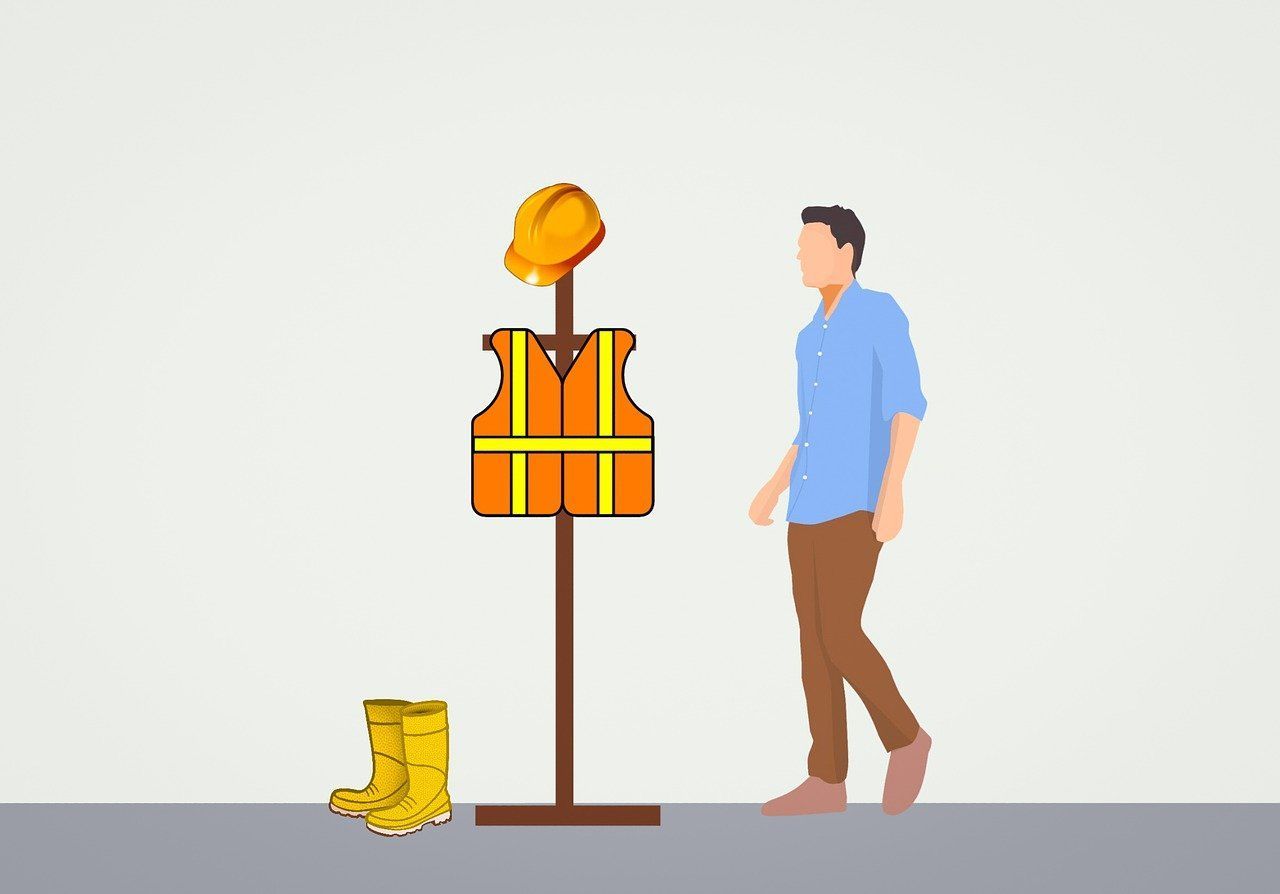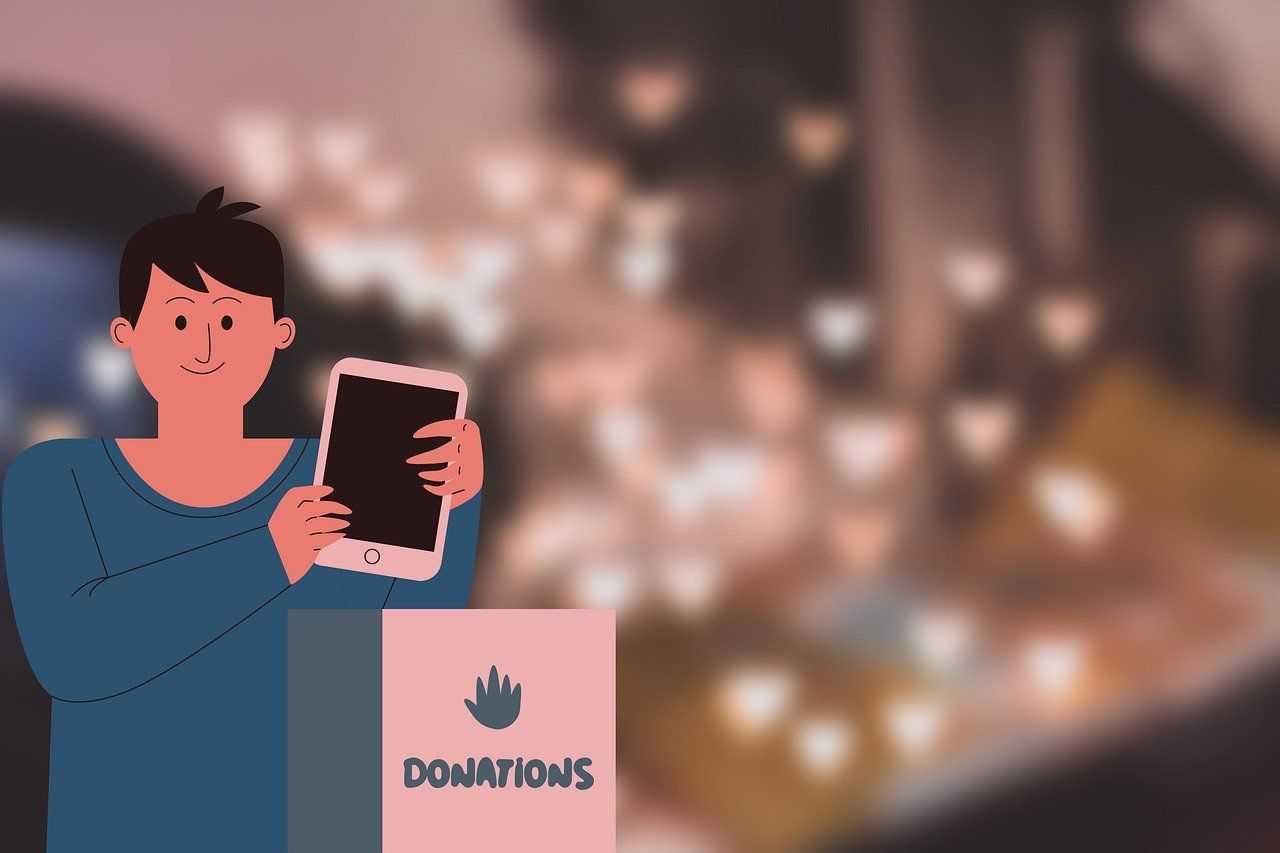Creating Animation Videos for Social Impact: Amplifying Causes and Driving Change
Audiences can be transported anywhere using the power of animation – including places it would be impossible, or at least uncomfortable, to show through live-action.
Difficult topics can be presented in a way that makes them friendlier for general audiences, without undermining the urgency of the cause. Animation can be used to explain complicated concepts or unfamiliar situations. Some of the most widely watched and discussed animated social impact videos in recent years cover topics from railway safety to deforestation.
Listen to Creating Videos for Social Impact below!
Dumb Ways to Die, released by Metro Trains in 2012, was only meant to serve the Melbourne area. Instead the animated video has over 283 million views on YouTube, spawned a series of follow-up videos, inspired numerous parodies and launched a video game. While the video was criticised by some to trivialise dangerous situations, Metro Trains claimed that it led to a 20% reduction in near-miss train incidents.
Videos tackling social issues can also provoke debate, which is an excellent way to raise awareness.
Rang-tan: The Story of Dirty Palm Oil was created by Greenpeace and aired by Iceland as its 2018 Christmas advert. Until it was rejected by Clearcast, the UK’s television advert moderator, because of Greenpeace’s “political aims.” In the golden age of social media, a video being pulled from the television no longer means it will never see the light of day again. The decision to take down the advert only drove interest in the story, helping the animated video reach more than 30 million online views.
Animation is a compelling medium which, when used effectively, can raise awareness, create empathy, and inspire action.
Why is Animation the Most Effective Option?
Sticking with Rang-tan: The Story of Dirty Palm Oil, ask yourselves: would Greenpeace have been able to create a live-action version of this video?
Would parents want their children watching a video containing footage of a dead mother orangutan? Could they film a baby orangutan playing in a child’s room? Alternatively, would Metro Train’s Dumb Ways to Die have become so popular if the deaths were portrayed by actors instead of animated blob characters?
Raise Awareness and Create Empathy
Animation offers any producer significant advantages over live-action but, when it comes to the depiction of social causes and calls for change, this medium becomes a real winner. Animation comes with suspension of disbelief, ultimate control over the actions of characters, and the ability to create emotionally difficult storylines without putting actors in potentially compromising situations.
Gaining the empathy of an audience is key to driving change. In 2012, Dr Brené Brown went viral for a TED talk which identified four attributes of empathy: perspective taking; staying out of judgment; recognising emotion in another person, and; communicating the understanding of another person’s emotions.
In Rang-tan: The Story of Dirty Palm Oil, the girl in the video acts as a catalyst for the audience’s empathy. She asks for the baby orangutan’s perspective, avoids making a decision or judgement until he finishes his story, recognises the pain he feels over losing his mother, and shows her support for saving his home.
The fact both characters are children adds an additional layer, as they both see the events from the black and white viewpoint of children: companies destroy forests for palm oil = companies selling palm oil products are bad.
Another important factor in this video’s success is the anthropomorphising of the orangutan. Historically, anthropomorphism was used to raise awareness for animal rights. For example, the 1877 novel Black Beauty was instrumental in improving working conditions for horses in Britain. By giving the orangutan human characteristics, most importantly the ability to speak our language, the audience is forced to appreciate the reality for these animals and question whether their consumer choices are worth the environmental cost.
This would be impossible to accomplish with live-action, which is why animation is so popular with animal rights and environmental groups. Live-action has to contend with the difficulties around animal performances, which includes the legal protections in place to prevent their exploitation.
The UK is rated highly for animal welfare protection, and complaints of breaking the Animal Welfare Act 2006 can lead to prosecution. The same considerations must be made for social causes tackling difficult topics like abuse, neglect, substance abuse – especially when the subjects are children.
In 2017, the National Society for the Protection and Care of Children (NSPCC) released the animated video Talk PANTS with Pantosaurus and his PANTS Song. The video informs children about inappropriate behaviour, consent and bodily autonomy. While the protagonist is a child, all the characters are designed to look like dinosaurs, cartoon-ified with pastel colours.
This design choice keeps the video appropriate for young children, but it doesn’t undermine the important message. As of 2023, the video has over 3.1 million views on YouTube proving that social issue videos don’t need to contain shocking footage to have an impact.
Inspire Action
Once awareness for an issue has been raised and an emotional connection made, it’s time to inspire the viewer to take action. A powerful call to action (CTA) will tell the viewer what to do next. Is there a rally you want them to attend? A petition to sign? Volunteering opportunities? A donation drive?
The ideal social impact CTA should use action words and invoke a sense of urgency. The viewer is still riding the emotional wave inspired by the video, empathising with your cause and understanding what your organisation needs. Failing to include an effective CTA is a missed opportunity, so don’t hold back. A concise yet mighty CTA will amplify your cause and drive real change.
One of the most memorable adverts in British history was the AIDS: Don’t Die of Ignorance public broadcast in 1987. Released by the UK government, the advert was accompanied by a leaflet sent to every British residence. The aim of the video was to ensure people read the leaflet and learnt how to protect themselves from the, at the time, poorly understood virus and combat rampant misinformation.
Spearheaded by Norman Fowler, the then Secretary of State for Health and Social Security, he went against the advice of Prime Minister Margaret Thatcher to create a hauntingly unforgettable video.
The short video, narrated by actor John Hurt, ends on a haunting CTA: “So protect yourself and read this leaflet when it arrives. If you ignore AIDS, it could be the death of you.”
Created by TBWA, the advert combined live-action and animation. The designer, Malcolm Gaskin, purposefully used modern typography to demonstrate this was a modern disease. Gaskin retained one of the prop tombstones, saying in 2017: “I had to get it out the other day because it’s being exhibited, so it was in the garden when my builder arrived. He jumped back and shuddered when he saw it – so it can definitely still scare people.”
Squideo’s Leading Social Impact Videos
Squideo has worked with some amazing groups over the years, who are working hard to make a social impact. We’ll break down three of our latest and most popular videos created for non-profit and charity clients. Discover how animation was used to make a difference, and get inspired by their call to actions.
Crohn’s & Colitis UK | 2022
This charity is near and dear to Squideo’s heart, as it has supported one of our own, which is why we were thrilled to get this project. Designed to signpost the support available for people living with this disease, Crohn’s & Colitis UK wanted an eye-catching animation.
Animation could provide scenes for this client that live-action couldn’t, for example in 2023 we did another video for this client detailing the surgical treatment options available. Animation gave the in-depth descriptions of the procedures that live-action simply couldn’t: it would be too graphic to show.
Animation also makes the process friendlier. Crohn’s & Colitis UK supports people with this long-term health condition, including people who have recently been diagnosed. The bright colours and reassuring voiceover provide a steady presence throughout, with softly rounded characters present for the viewer to project onto.
Lincolnshire Greyhound Trust | 2023
The Lincolnshire Greyhound Trust, which rehomes retired racing greyhounds, had never considered making an animated video. That was until a beneficiary bequeathed them a sum of money with the stipulation that they spend it on something “unusual.”
They wanted something that would put the spotlight on this lovely breed and help the Lincolnshire Greyhound Trust rehome more dogs. After some discussion, the board got in touch with Squideo.
The client wanted a childish character animation style to emphasise the friendliness of the greyhound breed and encourage more people to consider them as pets rather than racing dogs. Lincolnshire Greyhound Trust knew the common stereotypes about greyhounds and guided our scriptwriter in creating a narrative which would counteract this.
Sense | 2022
This charity has been around for 65 years, which meant they came to us with a strong set of brand guidelines and a good sense of the style they wanted their video to follow. Sense supports everyone who is deafblind or has complex disabilities. Their beneficiaries need different levels of support, although the demand for Sense’s services can swell during periods of economic difficulty.
In 2022, between the energy and cost of living crisis, Sense found that its beneficiaries were being disproportionately affected. They wanted a video to highlight how rising bills were effecting the deafblind and those with complex disabilities, bringing awareness to the general public and growing support for their campaign to call on the UK government for more financial aid.
Characters were used to build empathy, while kinetic text was interspersed to impart a sense of urgency. Their call to action inspires action, telling viewers exactly what to do next in order to create social impact.
Summary
Animation has significant advantages over live-action when it comes to social impact videos. Animation gives producers the opportunity to show scenes it would otherwise be unable to – either due to the difficulties of filming or potentially graphic nature reducing the video’s visibility – and use characters to build empathy.
Building empathy is one of the three key steps in creating a video which will amplify causes and drive change. These are:
- Raise Awareness
- Create Empathy
- Inspire Action
In 2023, Squideo created a new video for our portfolio. Featuring the fictional charity, Turtle Blue, it was intended to show off our latest character designs to our clients. To reflect the industry, the video follows these three steps.
First, the narration sets out the background of water pollution – explaining the importance of our oceans and how human activity is putting marine life at risk. This raises awareness.
Second, characters are introduced to create empathy for these animals. A fish and turtle are anthropomorphised through the addition of facial expressions to invoke sympathy from the audience, who watch as litter and overfishing destroy their ecosystem.
Finally, the narration ends on a strong CTA: “join Turtle Blue and let’s clean up for the next generation.” Since Turtle Blue is not a real company, no onscreen details are given but this would be included in a broadcast video. A website address would be key to taking the motivated audience and converting them into charity members – therefore, inspiring action.
Conclusion
Squideo creates professional, goal-orientated and powerful animated videos that entertain, educate, and engage your target audience. We take key information, then support and guide you through a unique creative process, resulting in a professional quality explainer video that looks great and sends exactly the right message.
Ready to create an animated video for your company? Watch the video below to get a better understanding of how Squideo can help promote your business, then get in touch with us to find out more!



